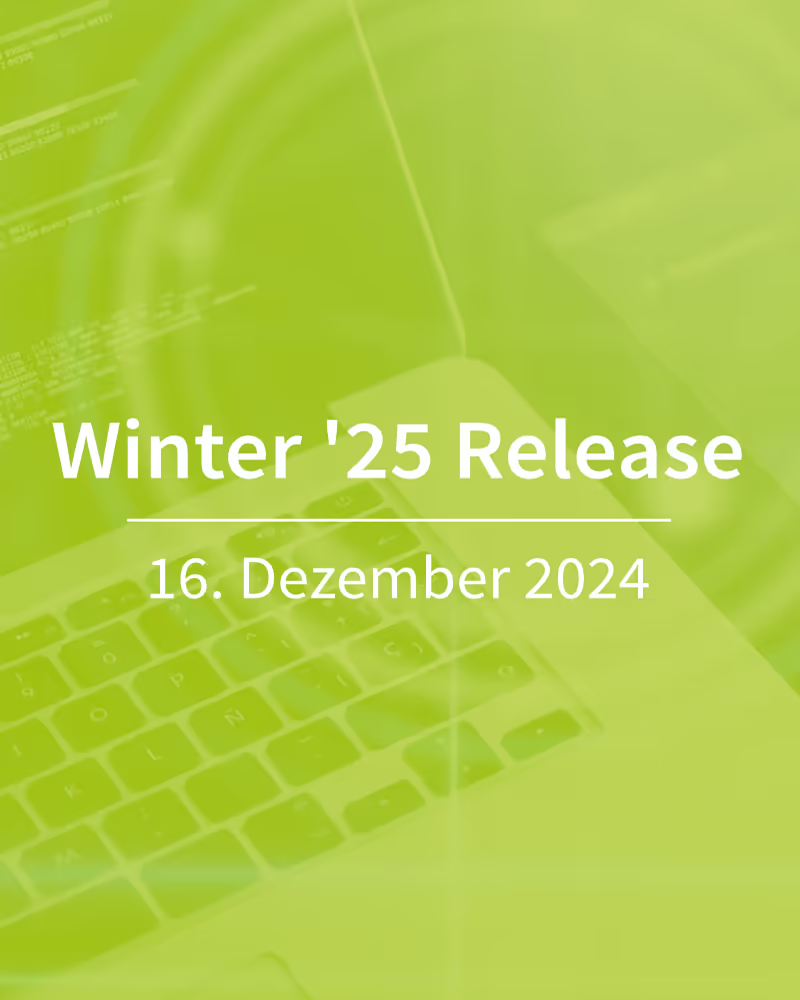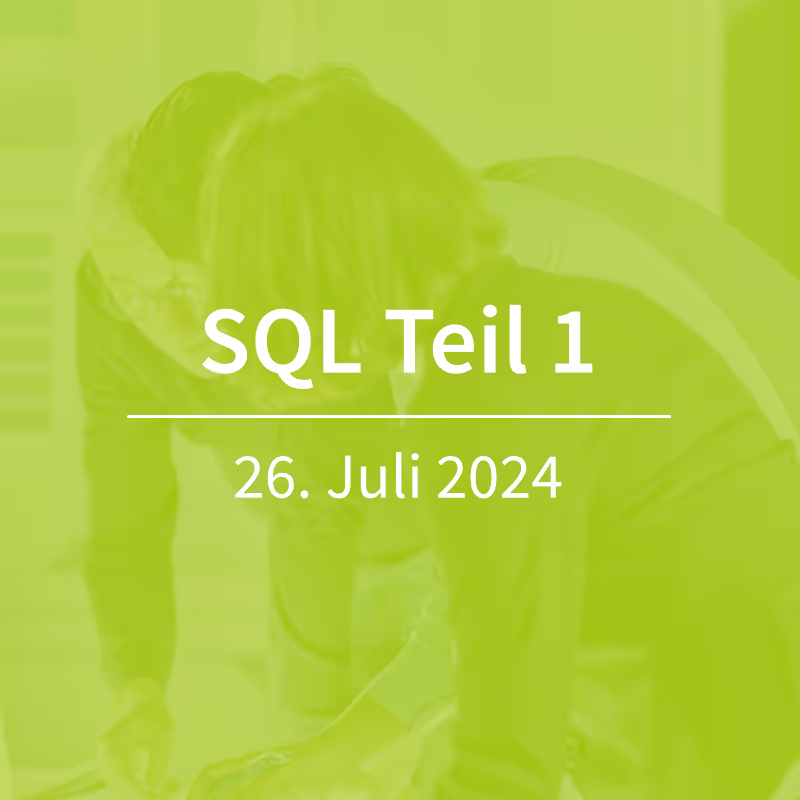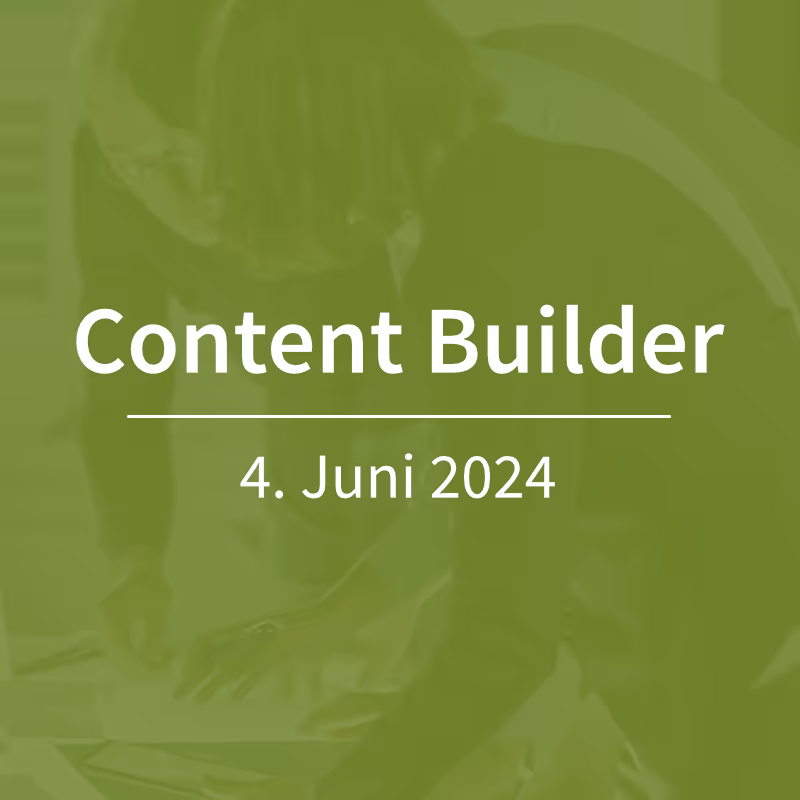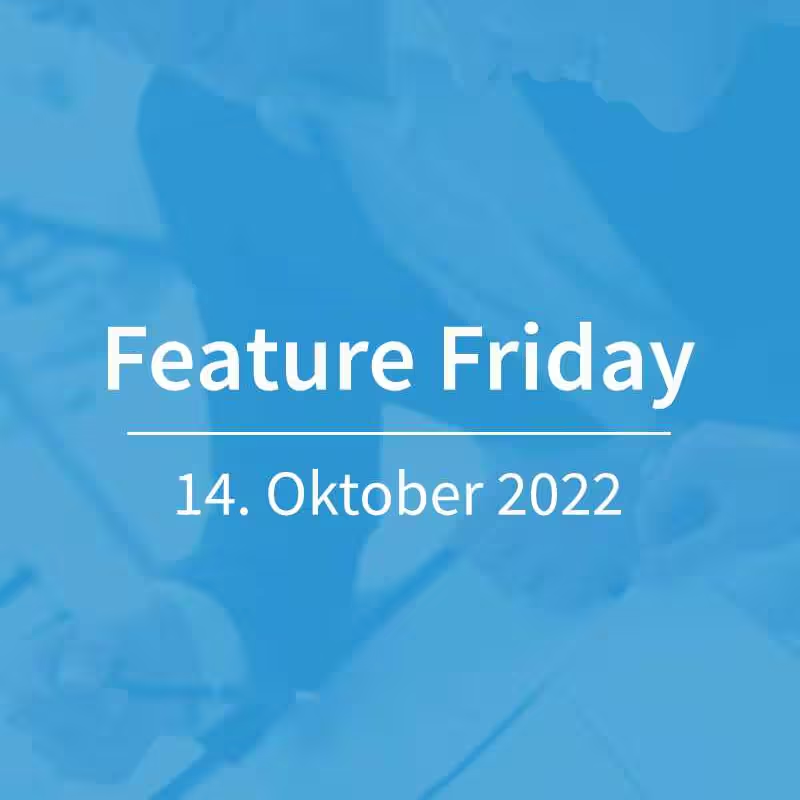Salesforce Marketing Cloud Journey Templates
On today's Feature Friday, we're starting a series of articles about one of the central areas of Salesforce Marketing Cloud: Journey Builder. We're starting today with Journey Templates, a feature that, in our experience, is rarely used. In this article, we will get to the bottom of the question of whether the journey templates are a completely underrated functionality or whether they are rightly ignored by most users.

Salesforce templates vs. shared templates
Journey templates are templates with placeholder activities and flow control elements that can be used as a basic framework for further journey creation. There are two types of templates: Salesforce templates and shared templates. Salesforce makes the former available in Marketing Cloud as standard. There are currently 9 different Salesforce templates:
- Abandoned Cart
- Abandoned Cart — Significant Purchase
- Anniversary Send
- Birthday Journey with Coupon
- Event follow-up
- Welcome Journey
- Welcome Journey with Engagement
- Behavioral Targeting with Audience Studio
- RE engagement
These templates cover use cases that are relevant to many marketers. Each template is assigned a business goal (engagement, retention, onboarding) and marked with a level of complexity. The basic idea behind these templates is clear: They should make it easier for novice marketers in particular to get started using Journey Builder and, if necessary, also provide inspiration by showing which other use cases can be implemented.
If you create a journey based on Salesforce templates, you get a whole series of tips: Immediately after creating the journey, an explanation appears that describes the process and objectives of the journey. In addition, the “Best Practices” functionality can be used to display tips for each journey step on how to complete the configuration of the step. The user has the choice of adopting the template steps unchanged or modifying the journey according to their own needs.
The shared templates, on the other hand, are created by the users themselves. For this purpose, self-created journeys are saved as templates, which can then be used by all users to create journeys. These templates are therefore intended to be able to easily replicate frequently used journey types.
Cool feature or just nice to have?
We look at the Salesforce templates with somewhat mixed feelings. On the one hand, the preconfigured structures reduce the effort involved in designing and implementing journey flows; in addition, the templates can certainly provide food for thought as to which other use cases can be implemented in Journey Builder. On the other hand, you should be aware that templates really only lay the very first foundation for creating journeys. Especially for more complex journeys such as voucher codes or shopping cart breakages, a comprehensive technical concept is required in addition to creating the journey structure, which cannot be represented by the templates. For example, it must be clarified where voucher codes are generated and stored and how the information about voucher redemption is returned to the Marketing Cloud. Clarifying these questions is usually much more complex than building the journey itself, and even with Salesforce templates, you can't avoid this technical design effort.
On the other hand, the option to save your own journeys as shared templates proves to be very useful. In fact, journeys can be copied through this functionality — especially for complex journeys with many paths and activities, this can significantly reduce the workload for marketers! Of course, you should then check the copied version particularly thoroughly whether all content and configurations really fit.
To document the journey templates, go to here.
















